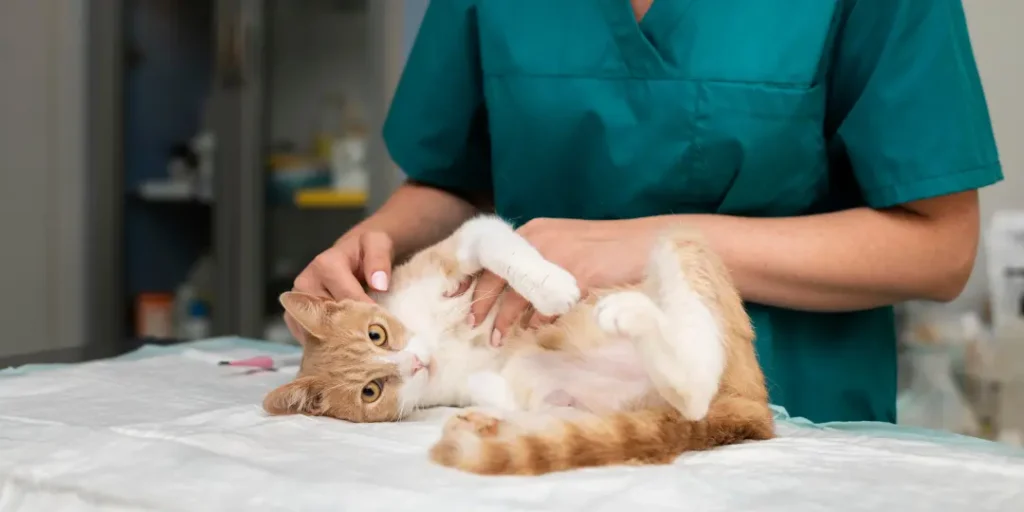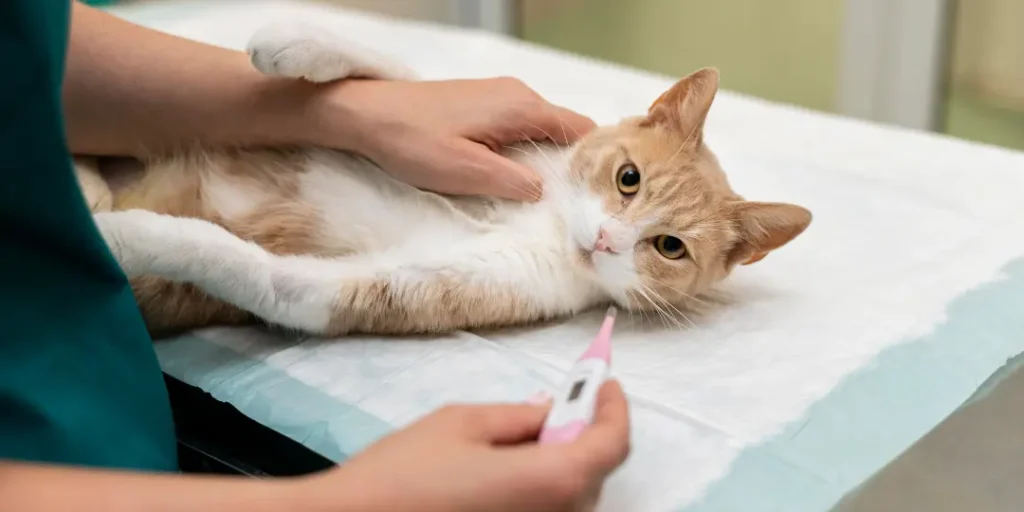This blog will provide an understanding of diabetes in cats. Including what it is, its causes, symptoms, and available treatment options.
Diabetes is a severe medical condition that is not limited to humans. Cats can suffer from diabetes, too. It is a potentially life-threatening condition that can affect cats at any age. Cat owners need to understand what diabetes is and how it can affect cats. So that they can seek appropriate treatment for their pets.
We will look at ways to identify the symptoms of diabetes in cats & ways to treat the condition. We will also discuss the potential long-term consequences of diabetes in cats. By the end of this article, you will better understand how to manage diabetes for your pet.
With this knowledge, you can ensure that your cat receives the best possible care for the condition. So, let’s get started with understanding diabetes in cats.
Diabetes in Cats
Diabetes mellitus is a disease of the central nervous system that results in high blood sugar levels. People with diabetes can develop a serious condition called ketoacidosis. It is a life-threatening condition in which the body doesn’t produce enough glucose (sugar) or insulin to regulate blood sugar levels properly.
Diabetes is a chronic, Imoto- genetic disease and one of the leading causes of blindness and kidney failure in middle-aged and older cats. Fortunately, there are effective ways to detect its onset and reduce its chances of developing into a full-blown disease.
Read on to learn more about how to recognize when your cat has diabetes, what type it is, what symptoms to look for, and how to treat it.
Types of diabetes in cats
There are two main types of diabetes in cats: type 1 and type 2.
- Type 1 diabetes is typically caused by a lack of insulin production in the pancreas and usually occurs in younger cats.
- Type 2 diabetes typically occurs when the body is unable to use insulin effectively, and usually appears in cats that are considered overweight or obese.
Signs of diabetes in cats may include drinking and urinating more than normal, sudden weight loss or gain, changes in appetite, weakness or lethargy, and diarrhea. If you notice these symptoms in your cat, it is important to take them to the vet to be tested and diagnosed.
Causes of Diabetes


How to recognize the symptoms of diabetes and what to do if you suspect your cat has the condition. With this information, you can be better prepared to help your pet live a long and healthy life. Here are the following symptoms that occur when your cat may have diabetes.
- Increased thirst
- Increased urination
- Weight loss
- Dehydration
- Lethargy
- Poor coat condition
- Excessive hunger
- Vomiting
- Loss of appetite
- Loss of muscle mass
- Lack of energy
- Weakness
- Urinary tract infections
- Cataracts in the eyes
Diabetes can be difficult to manage, but with the right care and attention, your cat’s symptoms can be managed and its quality of life improved.
Diagnosing Diabetes in Cats


In conclusion, it is important to understand the causes, symptoms, and treatments of diabetes in cats so that you can help them maintain their health. If your cat is exhibiting any of the symptoms of diabetes, it is important to consult with your veterinarian to ensure that your cat receives the appropriate diagnosis, treatment, and care. With proper management and care, cats with diabetes can live long, healthy lives.
Supervet is the Best online pet service provider and you can also consult with our Vets who are experts in delivering the best treatment for your pet.

